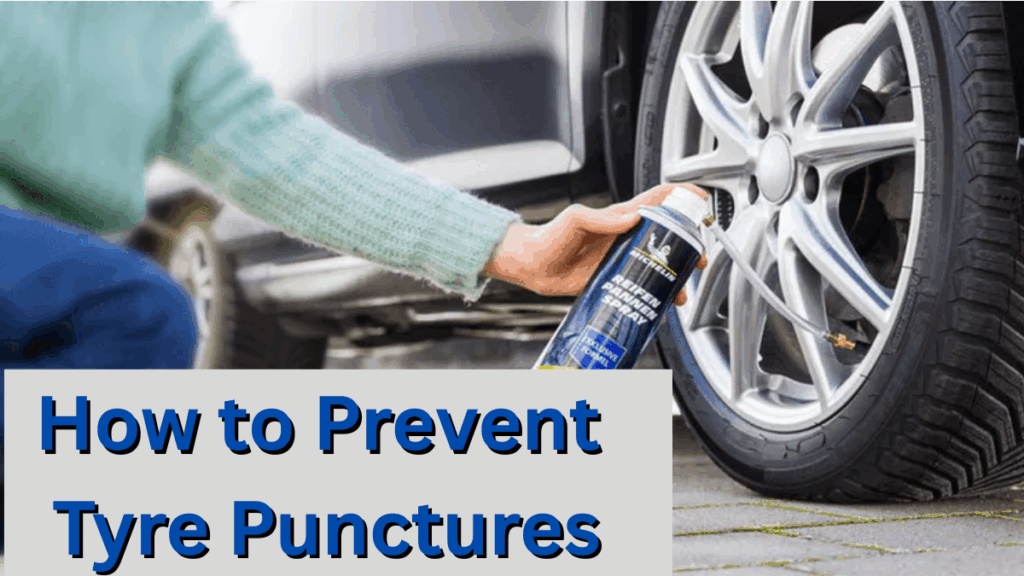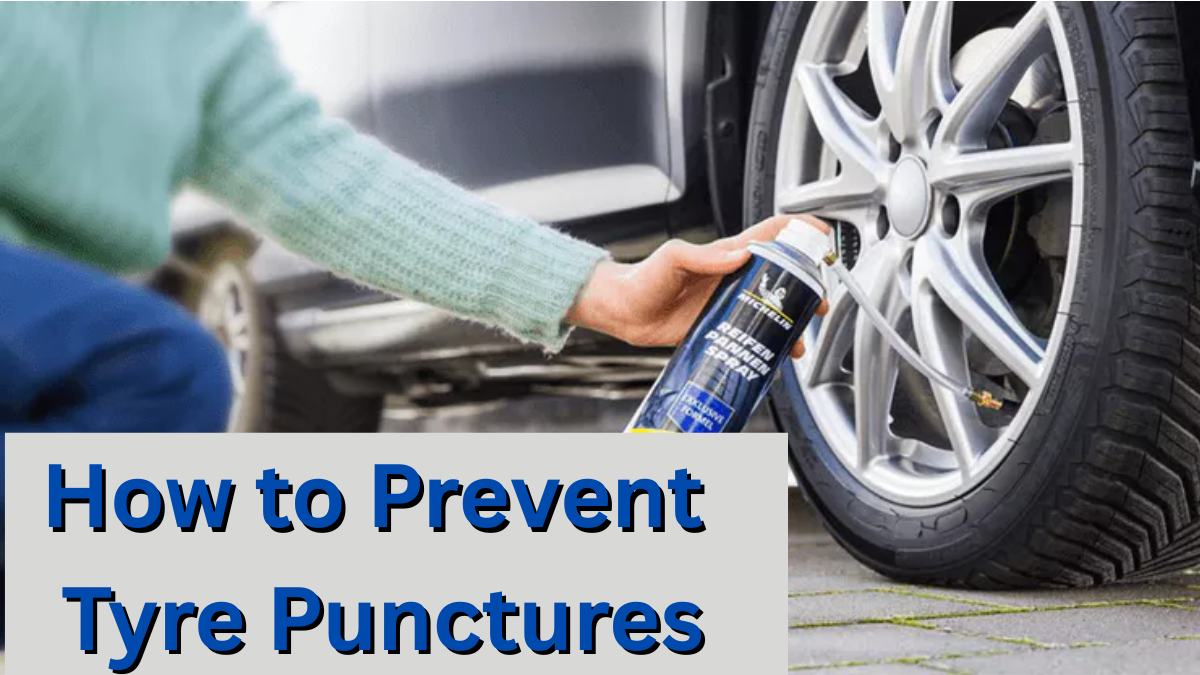Driving on Indian roads can be an adventure, but it also comes with its fair share of challenges—especially when it comes to tyre punctures. Whether you’re navigating potholes, broken glass, or sharp stones, knowing how to prevent tyre punctures is essential to keep your journey smooth and safe.
In this article, we’ll explore practical puncture protection tips, focusing especially on tubeless tyre care to help you avoid those annoying and sometimes dangerous flat tyres.

Why Tyre Punctures Are So Common on Indian Roads
Indian roads often have uneven surfaces, scattered debris, and unpredictable traffic conditions. This combination makes tyre punctures a common headache for drivers and riders alike. Here’s why:
| Common Causes of Tyre Punctures in India | Details |
|---|---|
| Potholes and Rough Roads | Sharp edges can damage tyres |
| Broken Glass, Nails, and Metal Objects | Easily pierce through tyre walls |
| Overloaded Vehicles | Increase tyre wear and pressure |
| Poor Road Maintenance | Leads to frequent tyre damage |
| Sudden Braking and Accelerations | Stress on tyre tread |
How to Prevent Tyre Punctures: Simple and Effective Tips
Taking care of your tyres doesn’t require a mechanic degree. With a few simple habits and puncture protection tips, you can drastically reduce the risk of a flat tyre.
1. Regularly Check Tyre Pressure
-
Under-inflated tyres are more prone to punctures.
-
Over-inflated tyres can burst on sharp objects.
-
Use a pressure gauge every week to maintain the recommended tyre pressure.
2. Inspect Your Tyres Frequently
-
Look for embedded nails, glass shards, or cuts.
-
Check the tread depth; worn-out tyres are vulnerable.
-
Clean your tyres to spot any potential dangers early.
3. Adopt Smooth Driving Habits
-
Avoid sudden braking or fast acceleration.
-
Steer clear of potholes and rough patches when possible.
-
Slow down on gravel or construction zones.
4. Prioritize Tubeless Tyre Care
Tubeless tyres have become popular in India for their added durability and ease of repair. Here’s how to care for them:
-
Regularly inspect the valve and rim for leaks.
-
Ensure the tyre sealant (if used) is replenished every 6 months.
-
Avoid overloading your vehicle to reduce stress on the tyres.
Tubeless Tyre Care vs. Tube Tyre: Which is Better for Puncture Protection?
| Feature | Tubeless Tyre | Tube Tyre |
|---|---|---|
| Puncture Resistance | Higher – self-sealing capacity | Lower – prone to sudden flats |
| Repair Convenience | Easier and faster repairs | Requires tube replacement |
| Weight | Lighter | Heavier |
| Cost | Slightly higher initially | Generally cheaper |
Additional Puncture Protection Tips
-
Use tyre sealants that can temporarily seal small holes.
-
Consider investing in tyre liners or puncture-resistant tyres if you frequently travel on rough roads.
-
Replace tyres before they reach the end of their lifespan.
-
Carry a portable air pump and puncture repair kit in your vehicle at all times.
FAQs
Q1: How often should I check my tyre pressure?
A: Ideally, check your tyre pressure once a week, especially before long trips.
Q2: Are tubeless tyres better at preventing punctures?
A: Yes, tubeless tyres offer better puncture resistance due to their design and self-sealing ability.
Q3: Can a small nail cause a tyre puncture?
A: Yes, even a small nail can pierce the tyre and cause air to leak slowly or rapidly.
Q4: Is it safe to drive with a slow puncture?
A: It’s best to fix a slow puncture immediately to avoid tyre damage or a sudden blowout.
Taking a proactive approach to how to prevent tyre punctures not only saves you money but also ensures your safety on the road. With these easy-to-follow puncture protection tips and tubeless tyre care advice, you can confidently tackle Indian roads without worrying about unexpected flats.
Click here to learn more
